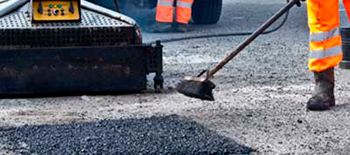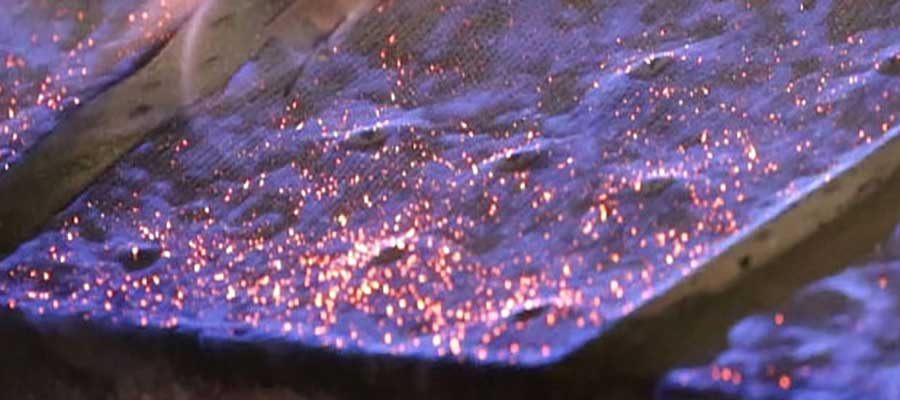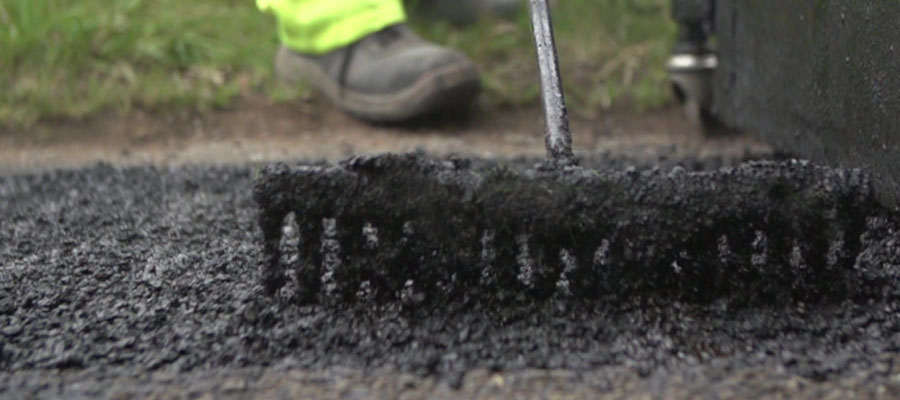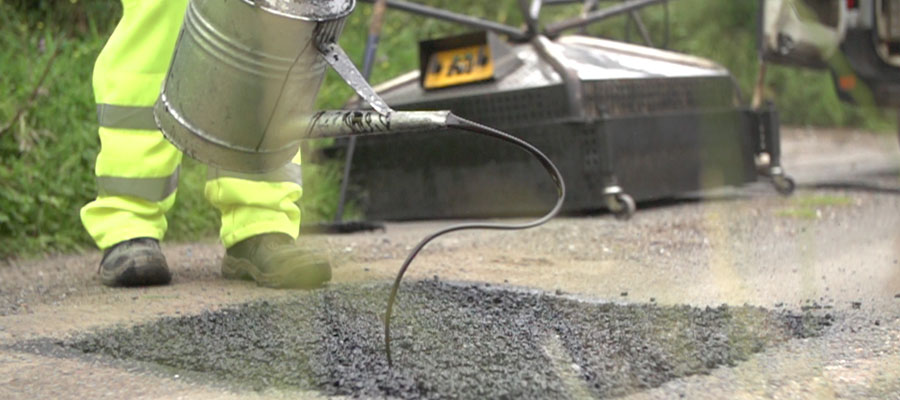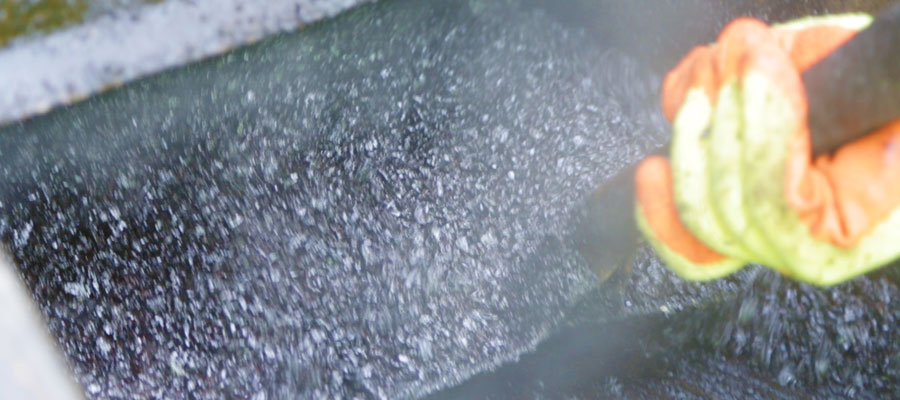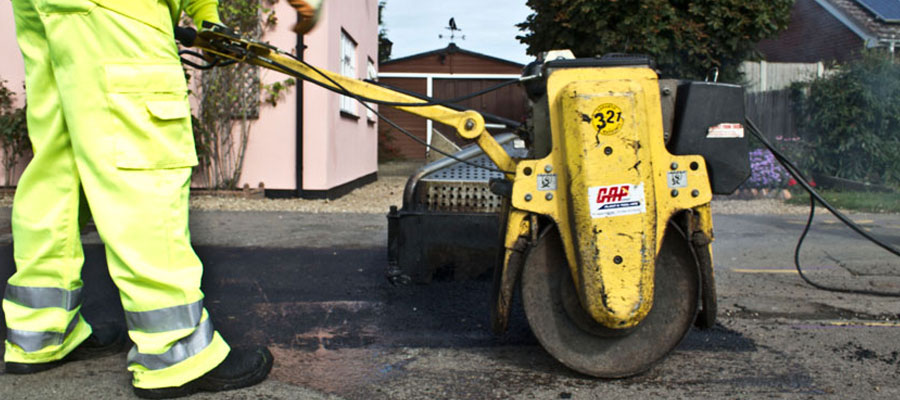FASTER, MORE COST-EFFECTIVE
The thermal road repair system has been proven to reduce costs by up to 40% when compared to traditional pothole repair methods. At approximately half the repair time of other methods, the system can significantly reduce your pothole backlog, while minimizing disruption to road users and the public. The inherent speed and efficiency of the process ensures it uses significantly less energy than conventional alternatives. Furthermore, because it recycles the existing surface in-situ, minimal new material is required – which means there’s no recycling or disposal costs.
LONGER-LASTING
Recurring defects are costly and time-consuming, which is why the system has a ‘right first time’ philosophy. The process carried out with this system guarantees a permanent repair with a perfect fit of the edges. It’s the only technology of its kind.






